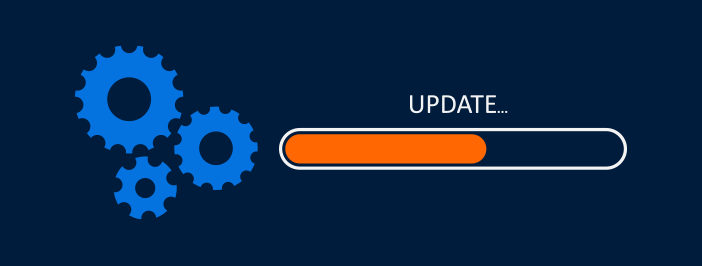What Windows 8 end of support means for you
From January 10, 2023, Microsoft withdrew support for Windows 8 — specifically, Windows 8.1. But if you’re running Windows 8, what does this mean for you? Should you keep using Windows 8, or is it time for an upgrade? Let’s take a look.
What does end of support for Windows 8 mean?
When a Windows operating system reaches the end of its lifespan, Microsoft will no longer provide support. In practical terms, Windows 8 end-of-life means:
- You won’t receive any tech support for the product after January 10, 2023.
- There will be no further bug fixes, patches, or software updates for the product.
- Microsoft 365 apps, if you run them, won’t be supported on Windows 8.1 now.
In other words, although Windows 8 is still running, it may not be optimal for your business. What are your options, though? Well, you can stay with Windows 8, upgrade to Windows 10, or upgrade to Windows 11. Here’s a look at each option in turn.
Stay with Windows 8
If you’re not ready to part ways with Windows 8 just yet, you’re not obliged to. After all, it still works. However, there are some clear downsides to staying on Windows 8:
- No more security updates mean your systems are more vulnerable to cyberattacks.
- Since there’s no more tech support or bug fixing, you might expect the OS to become less reliable over time.
- Downtime associated with a faulty OS will cost your company revenue.
So, although you might keep running Windows 8 for now, it’s worth planning for the long term.
Upgrade to Windows 10
Windows 10 is hugely popular, installed on 69.7 percent of US desktops as of December 2022. Not only is it more secure than Windows 8, but it’s also simple to set up and user-friendly.
All that said, it’s relatively close to its end of life too. Microsoft will withdraw support on October 14, 2025, so bear that in mind.
Upgrade to Windows 11
In the long term, Windows 11 could be your best option, especially if you plan on buying new hardware within the next year or two. It’s sleek, fast, and more secure than Windows 10 — a clear benefit when recent statistics show that 42 percent of small businesses have experienced cyberattacks.
What’s more, Windows 11 takes collaboration to a new level, making it easier than before to run Microsoft Teams and work from home.
Tips for upgrading your IT after Windows 8 end of life
Before upgrading from Windows 8, you need a plan. Here are some tips for getting the most out of your upgrade:
- Have a clear plan. Determine what you need from your OS and budget accordingly.
- Audit your hardware. Identify what can’t be upgraded and replaced as required (within budget, of course).
- Back up all data before migrating. Don’t run the risk of losing critical data.
- Train your staff. A worrying 95 percent of security breaches can be traced back to human error.
Once your new system is up and running, review it regularly to identify any weaknesses and devise a strategy for overcoming these pain points.
IT support from GB Tech
Although remaining on Windows 8 is an option, to keep your data secure and reduce downtime, it’s best to start planning an upgrade. So, are you ready to move on from Windows 8? GB Tech can help. As experienced IT service and security providers, we can help make your transition from Windows 8 as seamless as possible. Contact us now to explore your options.















